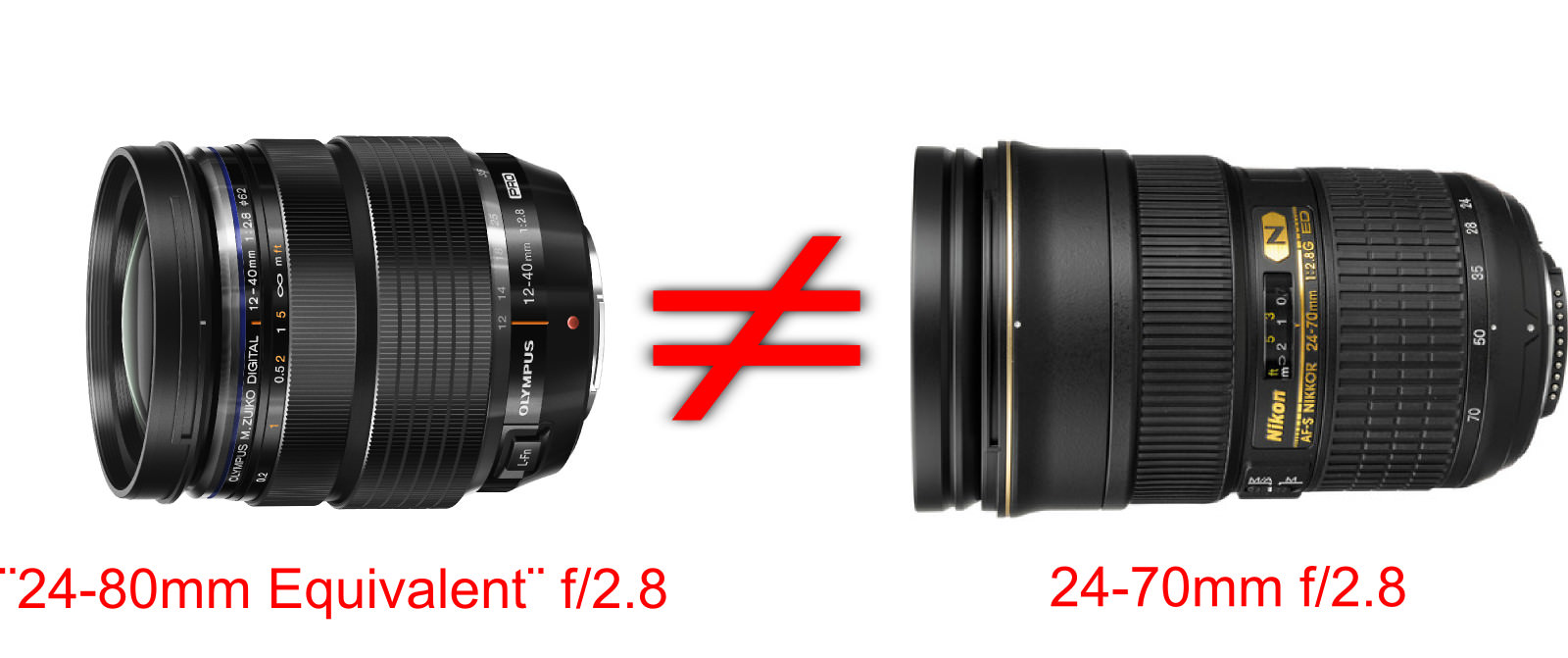We talked about it here:
Thread 'How does crop mode or cropping in post impact subject isolation/DOF?'
https://bcgforums.com/threads/how-d...g-in-post-impact-subject-isolation-dof.16169/
reading through this thread, the majority of users say that DOF remains the same when cropping, which is what makes sense intuitively.
Simon d'Entremont also mentions here (4:43) that "whereas cropping a photo tighter won't affect DOF or bokeh", and then shows an example
a quick google definition: "Depth of field is
the distance between the closest and farthest objects in a photo that appears acceptably sharp. Now your camera can only focus ...".
I've never seen an instance with a photo where cropping changed the distance between the closest and farthest objects' sharpness.
Perhaps I'm misunderstanding, or we're debating something differently semantically?
This post is the best example I can find supporting that cropping DOES change DOF, but it also adds a caveat:
Expert news, reviews and videos of the latest digital cameras, lenses, accessories, and phones. Get answers to your questions in our photography forums.

www.dpreview.com
"There are many people who think cropping an image doesn't change the depth-of-field. I admit that it's not all that intuitive that removing a portion of an image would change the DOF, but it does. The reason it does is because we almost always compare two images at the same final viewing size (the angle-of-view the final image occupies in our vision) and that means once we crop, we have to enlarge the remaining portion. That enlargement enlarges the blur along with the image detail, thus making the blur more visible. That changes DOF through a change in the circle of confusion (CoC) parameter used in the DOF equations."
so if you don't upscale the cropped image, DOF would not change.
even in the example where they did upscale the image though, it doesn't appear as though DOF changed... the distance looks the same
here's another poll where 52% felt cropping doesn't change DOF...
Expert news, reviews and videos of the latest digital cameras, lenses, accessories, and phones. Get answers to your questions in our photography forums.

www.dpreview.com
at best I am seeing that cropping affects "the perception" of DOF, but doesn't (and can't) change what's actually in focus.
"The basic definition of DOF is: the zone of acceptable sharpness within a photo that will appear in focus. In every picture there is a certain area of your image in front of, and behind the subject that will appear in focus.
This is measured from the camera and is expressed in distance units. M, cm, or ft. and I repeat, it is measured as distance from the camera lens. Not in a computer, not n a file, not on a print.
any cropping whatsoever in an image manipulation program, cannot change the physical distances that was to the camera lens during the shot, and therefore can not change the DOF, which will always remain the same as shot.
Having said that, your eye may be fooled sometimes when you strongly crop due to the enlargement effect, but this is an illusion only"






